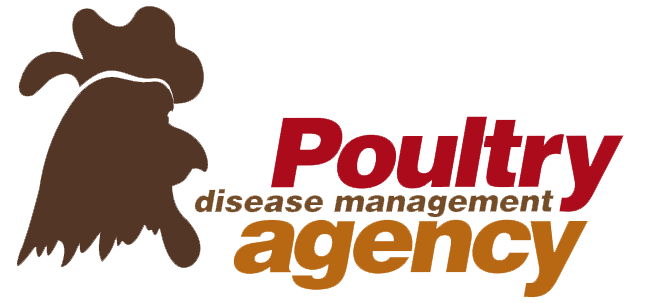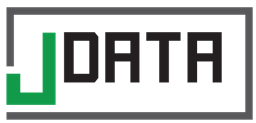 2023 HPAI H7N6 outbreak in South Africa
2023 HPAI H7N6 outbreak in South Africa


2023 HPAI H7N6 outbreak in South Africa

The outbreak
Outbreaks of highly pathogenic H7 avian influenza (HPAI) were reported to the WOAH in June 2023 in domestic birds. It follows shortly on outbreaks of HPAI H5N1 in 2023. This website provides up to date information as is available through WOAH, public and industry sources.
Definitions
| Term | Definition |
|---|---|
| Outbreak holding | This refers to a single outbreak holding that may have one or more epidemiologic units affected. The holding contains one or more epidemiologic units that are connected either through proximity or shared management factors. Generally outbreaks reported to the WOAH are at this level. |
| Epidemiologic unit (epi-unit) | This relates to distinct production types. They may be different in output (e.g. rearers versus layers) or different in management (e.g. free-range versus caged). NOTE:All aggregation in this website is at the epidemiologic unit level. |
| Commercial layers | These are caged layer hens |
| Small-holder | These are domestic poultry producers but which have less than 10 000 birds on their holdings. |
Disclaimer
The data presented is to provide an update as close to real-time as possible to track these outbreaks. Data is sourced from official, public and industry sources, some of which are verbal. All official data for the outbreak is reported to WOAH by the South African government, and the links above provide access to those reports. While every effort is made to provide accurate information, data is likely to change at short notice and should be read in this context.
Data sources
Chickens distribution - Gridded Livestock of the World v 2.01 Robinson TP, Wint GRW, Conchedda G, Van Boeckel TP, Ercoli V, Palamara E, Cinardi G, D’Aietti L, Hay SI, and Gilbert M. (2014) Mapping the Global Distribution of Livestock. PLoS ONE 9(5):e96084.
The weblink to the article can be found here
The data presented is to provide an update as close to real-time as possible to track these outbreaks. Data is sourced from official, public and industry sources, some of which are verbal. All official data for the outbreak is reported to WOAH by the South African government, and the links above provide access to those reports. While every effort is made to provide accurate information, data is likely to change at short notice and should be read in this context.
Data sources
- WOAH
- Industry and private sources
Chickens distribution - Gridded Livestock of the World v 2.01 Robinson TP, Wint GRW, Conchedda G, Van Boeckel TP, Ercoli V, Palamara E, Cinardi G, D’Aietti L, Hay SI, and Gilbert M. (2014) Mapping the Global Distribution of Livestock. PLoS ONE 9(5):e96084.
The weblink to the article can be found here
Summary overview
Commercial impact - by production type
Commercial impact - by Province
Select date range of interest
Select breakdown
Run analysis
Loading...
Epidemic curves allow the analysis of affected epi-units in time - i.e. a temporal analysis of data.
While the output of an epidemic curve is relatively straightforward, the benefit of such analysis allows the determination of:
- Establishing the probability of the detection of the actual first case in the outbreak
- Establishing the rate of progression and temporal trends of the outbreak
- Identifying the secondary/progressive spread of infection
- Establishing the impact of control measures
Select date range of interest
Select analysis type
Run analysis
Click on an affected area for more information
Loading...
